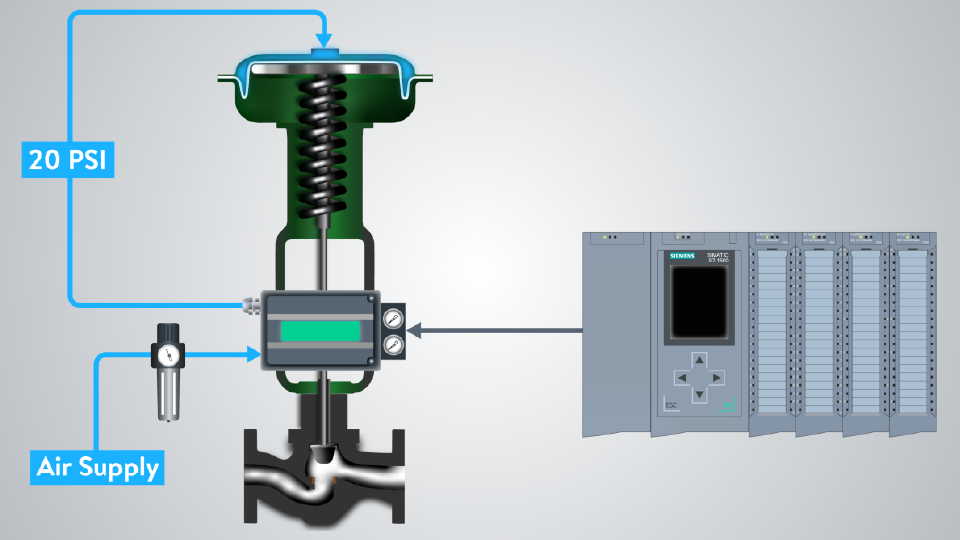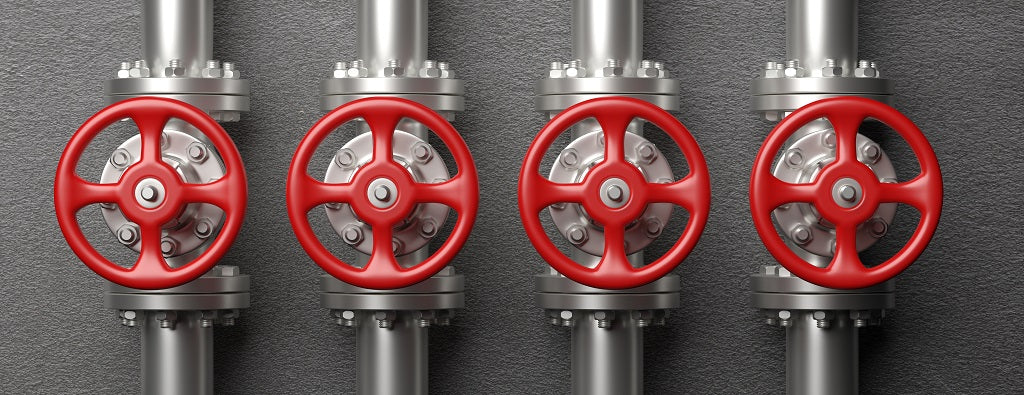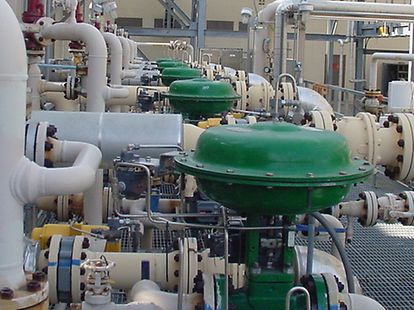How Control Valves Influence Energy Performance in Industrial Settings
Wiki Article

Maximize Power Financial Savings and Comfort With Advanced Structure Automation Controls
In the realm of modern style and facility monitoring, the assimilation of advanced building automation controls stands as a crucial improvement. The merging of modern technology and sustainability has birthed a brand-new age where energy efficiency, comfort optimization, and operational streamlining are no much longer remote ambitions yet obtainable facts. By harnessing the power of automation, buildings can adjust, react, and progress in manner ins which were when unthinkable. The possibility for significant power financial savings and improved convenience is not simply an opportunity but a pledge waiting to be satisfied. This paradigm shift in building monitoring holds the crucial to opening a world where environmental conscientiousness and passenger health harmoniously exist together within the wall surfaces of our frameworks.Energy Efficiency Advantages
Energy effectiveness advantages can considerably lower energy usage and operational prices in structures. By carrying out energy-efficient practices and technologies, building proprietors and drivers can attain significant cost savings while likewise adding to ecological sustainability. One of the key advantages of boosting energy efficiency in structures is the decrease of energy bills. Energy-efficient systems, such as sophisticated structure automation controls, can maximize using resources like cooling, lights, and heating, leading to lower power expenses in time.In addition, improved power performance can prolong the life expectancy of structure devices and systems. By operating much more effectively, HVAC systems, lighting fixture, and other structure parts experience less deterioration, causing decreased upkeep and substitute prices. In addition, energy-efficient structures typically command greater building worths and rental prices, giving long-term monetary advantages to owners.
Additionally, power performance can boost passenger comfort and efficiency. Effectively regulated interior environments with optimal lighting and thermal problems create an even more pleasurable and helpful workspace, leading to enhanced employee complete satisfaction and performance. Overall, the energy performance advantages related to advanced building automation controls are diverse, encompassing price financial savings, ecological stewardship, and occupant wellness.
Boosted Comfort Control
Enhancing comfort control in structure environments requires a sophisticated assimilation of innovative automation systems for optimum owner wellness. By using innovative building automation controls, centers can tailor the indoor atmosphere to satisfy the particular needs and preferences of owners. These systems allow exact guideline of ventilation, temperature, and lighting, producing a efficient and comfy ambience. Resident fulfillment and performance are very closely linked to thermal comfort, making it important to have systems in place that can adapt to changing problems in real-time.Improved convenience control exceeds fundamental temperature modifications. It includes functions such as individualized setups, tenancy sensors, and natural light application to develop a dynamic and responsive setting. By integrating these sophisticated controls, structures can not just boost comfort but additionally boost energy effectiveness by enhancing system procedures based upon actual occupancy and use patterns. Ultimately, prioritizing owner convenience via innovative automation systems brings about a more satisfying and healthier interior setting.
Functional Performance Improvements

Furthermore, the application of real-time tracking and analytics tools enables building operators to determine power inefficiencies and operational anomalies promptly. By constantly checking power use patterns and system performance metrics, adjustments can be made in real-time to maximize energy consumption and guarantee peak operational efficiency. control valves. Furthermore, incorporating need action methods into structure automation controls can better improve operational effectiveness by dynamically changing energy usage based on grid conditions and pricing signals
Indoor Environment Optimization
Efficient interior environment optimization is a fundamental facet of building automation controls, ensuring passengers' convenience and well-being while taking full advantage of energy cost savings. By utilizing sophisticated sensing units and controls, developing automation systems can constantly change and monitor temperature level, moisture degrees, air top quality, and air flow to produce an ideal indoor setting. Maintaining regular and comfortable problems not only improves resident fulfillment yet also enhances productivity and overall health.Indoor environment optimization also plays a vital function in power effectiveness. By fine-tuning air conditioning, air flow, and heating systems based on real-time information and tenancy patterns, constructing automation controls can considerably reduce power intake - control valves. For example, my company executing techniques such as demand-controlled ventilation and thermal zoning can assist reduce energy waste while making certain that each location of the structure obtains the essential conditioning.

Sustainable Environment Development
Building automation controls not only enhance indoor climate conditions for energy efficiency and passenger convenience however also lay the structure for creating a lasting setting with tactical monitoring of resources and systems. By incorporating sophisticated building automation innovations, such as sensors, actuators, and intelligent software program, centers can keep an eye on and change energy use in real-time to decrease waste and decrease their carbon footprint. These systems make it possible for anticipating maintenance, determining possible concerns before they escalate and optimizing tools performance to improve long life and performance.Additionally, lasting setting production prolongs beyond power administration to incorporate water preservation, waste reduction, and interior air top quality renovation. Structure automation controls can regulate water usage, spot leaks, and guarantee proper waste disposal techniques, adding to total sustainability initiatives. In addition, by keeping an eye on and regulating air flow and filtering systems, these technologies enhance occupant wellness and efficiency a fantastic read while decreasing power usage related to HVAC procedures.
Conclusion
To conclude, advanced structure automation manages offer considerable benefits in regards to power cost savings, convenience control, operational performance, indoor environment optimization, and creating a lasting environment. By applying these controls, structures can achieve optimal performance while decreasing power intake and enhancing owner convenience. It is evident that using innovative automation technology is essential in enhancing structure performance and producing a much more lasting future.Energy efficiency benefits can significantly decrease energy usage and operational expenses in structures. Generally, Source the power efficiency benefits linked with sophisticated building automation controls are diverse, incorporating cost savings, ecological stewardship, and resident wellness.
Additionally, integrating need feedback strategies right into building automation controls can further enhance operational effectiveness by dynamically adjusting energy use based on grid conditions and pricing signals.
Building automation controls not only optimize interior environment conditions for energy effectiveness and owner convenience but likewise lay the foundation for creating a sustainable atmosphere via strategic administration of systems and resources.In final thought, progressed structure automation regulates offer substantial advantages in terms of power financial savings, convenience control, functional performance, interior environment optimization, and developing a lasting setting.
Report this wiki page